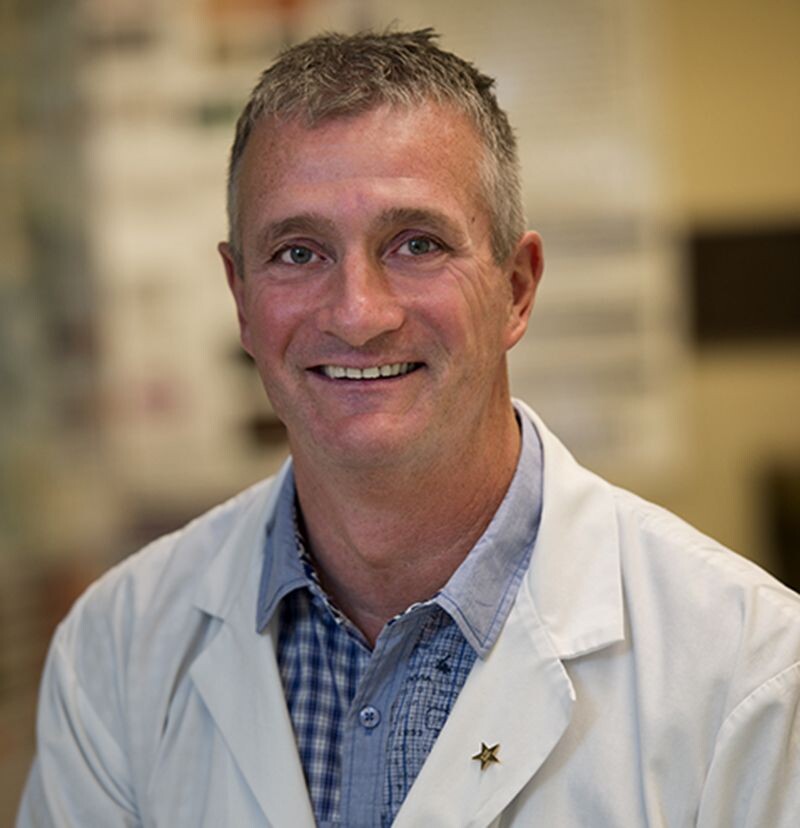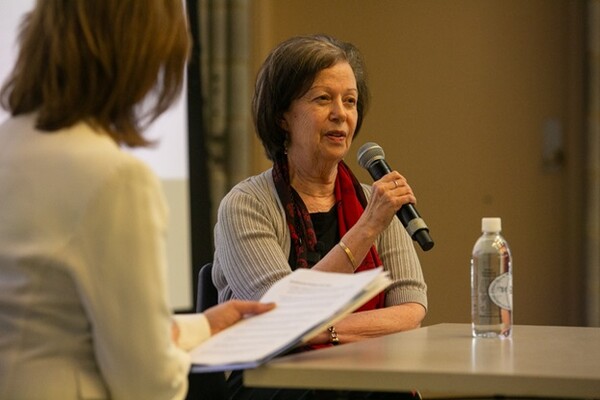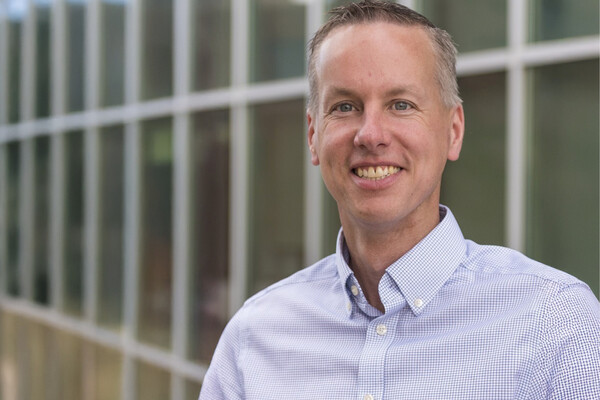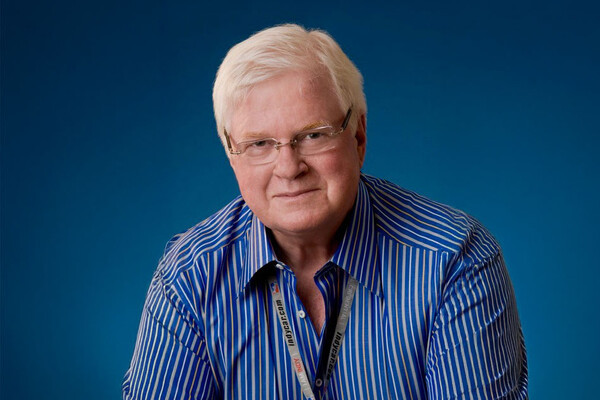Main Second Level Navigation
Breadcrumbs
- Home
- News & Events
- Recent News
- Back Pain Detective: Dr. Mark Erwin, PhD ’04
Back Pain Detective: Dr. Mark Erwin, PhD ’04

Dr. Mark Erwin, PhD ’04 became a Doctor of Chiropractic in 1984 and went on to receive a PhD at U of T’s Institute of Medical Science (IMS) in 2004, studying the biology of disc degeneration. He is an Assistant Professor and a Staff Scientist in the Division of Orthopaedic Surgery at U of T and is an executive member of the University of Toronto Spine Programme and the Department of Surgery research committees. Among his many awards, he has received two Connaught Scholarships, two Merit Awards from The Institute of Medical Science, a Travel Award for Excellence in Arthritis Research from the Canadian Arthritis Network and a CIHR/CCA research chair award (phase 1 and 2). He was appointed the second chiropractic research Chair in Canada in 2004 at the University of Toronto where he holds the Canadian Chiropractic Research Foundation (CCRF) Scientist in disc biology.
Learn from your mistakes, but hang on to your dreams tenaciously.
What inspired you to become both a chiropractor and a research scientist?
As a practicing chiropractor in the 1990s, I treated a patient who had hurt her upper back on the job. She experienced chest, mid back and arm pain and trouble breathing, and months of other rehabilitation treatments had not helped. I treated her with spinal manipulation over a 3-week period, and shortly after the first couple of manipulations, her chest, arm and back pain resolved. Because her relief was so dramatic, I was curious about how the treatment resolved her pain and discussed it with a number of colleagues with expertise in neuroscience and spine surgery. After receiving a small pilot study grant, I was very generously allowed access to the autopsy suite at the Toronto General Hospital in order to collect tissue for research purposes. This led to the publication of an anatomical study of the basis of joint pain and why mechanical treatment may be beneficial. The work was fascinating and it occurred to me that in order to continue with this line of research, it would be necessary to obtain a graduate degree. I was fortunate to be accepted into the IMS graduate program. During my training I changed my interest from neuroscience to cellular and molecular research into degenerative disc disease, which is much more germane to the world of back pain. My PhD thesis focused on the mystery of why some people get disc disease and some don’t — by looking at animal models, and how that could ultimately be applied therapeutically to humans — and this has been my work ever since.
Chiropractic is sometimes referred to as “alternative” medicine. How do you reconcile your training in chiropractic medicine with your training in science?
Chiropractic is a profession, not a treatment and I think that for a variety of reasons it can be mischaracterized as a treatment that in turn can lead to some misunderstandings. I received an excellent education in basic sciences while attending the Chiropractic College in Toronto as well as a solid clinical education. Unfortunately, I think that some practitioners branch into clinical areas that do not have a scientific basis and that is of great concern to most members of the profession and certainly also to me. To my mind, there is no room for unsound clinical practice. I think the profession needs to continue embrace evidence-based approaches to the management of spinal I think the profession needs to change, and that’s happening. The fact that there are 10 Canada Research Chairs in Chiropractic across the country, like me, is a really important step. There are many physicians referring to chiropractors all the time, although some do not. In Switzerland chiropractic is totally integrated with orthopedics and there are many similar examples around the world.. It is unfortunate that this integration is so slow to develop in Canada.
What is the accomplishment of which you are most proud?
The culmination of my work thus far is our recent discovery of the necessary and sufficient factors secreted by notochordal cells, the cells that actually form the spinal disc, and that the delivery of these factors to the injured disc can stop degeneration and actually induce repair. In October 2016, we were fortunate to be awarded the “Best Paper” in the biologics and interventional care category at the North American Spine Society annual general meeting, which is the largest spine meeting in the world that has led to worldwide recognition including an invitation to provide a key note lecture at the “Biospine” meeting in Berlin in April 2017. We have also recently published our original work in a Nature Publication Journal “Scientific Reports” that has in turn led to this work being featured in “Spinal News International”, a publication for spinal surgeons worldwide.
We will move to a new, exciting, state of the art facility, “JLabs” in June 2017 where we will continue to develop and commercialize our findings in order to get this work to the clinic.
What words of wisdom do you have for students who are thinking of taking a non-traditional path in health care?
People will tell you that you cannot achieve your dreams, that you are not smart or good enough or that you don’t fit the mold. Never, ever listen to the detractors. Learn from your mistakes, but hang on to your dreams tenaciously. Never let anyone steal your dream.
News


